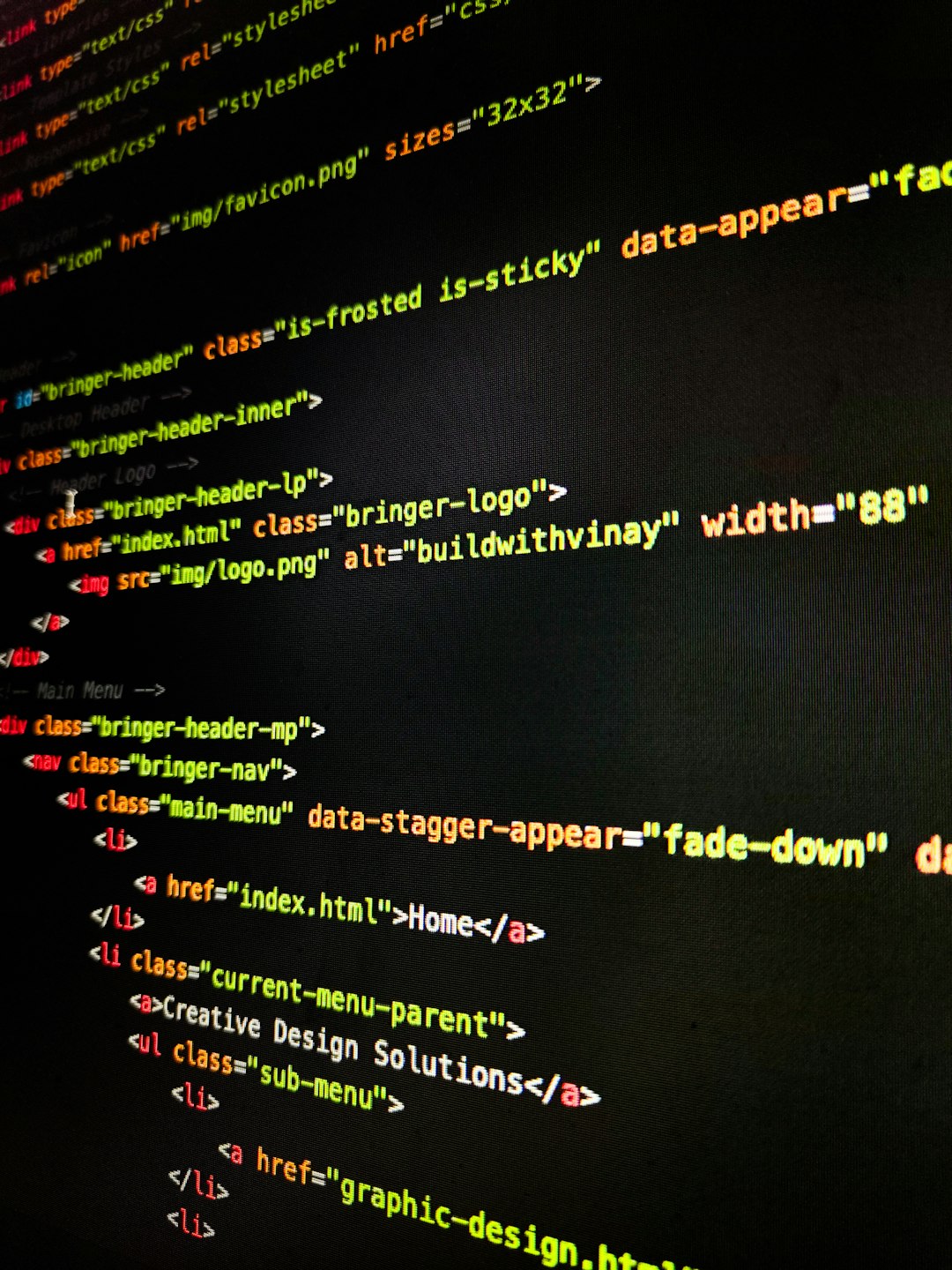In an increasingly data-driven world, the need for anonymization in cybersecurity has never been more critical. As organizations collect vast amounts of personal and sensitive data, ensuring that this information cannot be traced back to individuals is vital for privacy protection and regulatory compliance. However, anonymization is not as straightforward as it may appear. The process comes with significant challenges, key risks, and demands robust solutions to be effective in the real world.
Understanding Anonymization
Anonymization refers to the process of transforming data so that individuals cannot be identified directly or indirectly. It is often used to comply with data privacy laws such as the General Data Protection Regulation (GDPR) and the California Consumer Privacy Act (CCPA). Unlike encryption, which protects data in transit or storage, anonymization involves permanently removing or modifying identifying elements from datasets.
Despite its importance, anonymization poses multiple implementation challenges that can undermine both privacy goals and data utility.
Key Challenges in Data Anonymization
- Re-identification Risk: Even after anonymization, advanced analytical techniques and cross-referencing with other data sources can lead to the re-identification of individuals. This is a critical vulnerability in many anonymization solutions.
- Trade-off Between Privacy and Utility: One of the greatest challenges is balancing data usability and privacy. As more data elements are removed or altered to enhance anonymity, the dataset’s value for analysis and decision-making decreases.
- Inconsistent Standards: There is no universal standard for what constitutes “sufficient” anonymization. Techniques that are considered adequate in one jurisdiction may not meet the standards in another.
- Incomplete Data Removal: Fundamental flaws often arise due to improper anonymization practices, such as removing only direct identifiers (e.g., name, address) while ignoring quasi-identifiers (e.g., age, ZIP code), which can be used to re-identify individuals.
- Evolving Threat Landscape: Attackers are continuously finding innovative ways to reverse anonymization using machine learning, data triangulation, and synthetic identity generation.

Key Risks Associated with Poor Anonymization
Insufficient anonymization does not merely represent a technical issue—it has real-world consequences. Some of the most pressing risks include:
- Privacy Violations: The greatest risk is the invasion of user privacy. When data is not properly anonymized, sensitive information can be exposed and misused.
- Regulatory Noncompliance: Failure to comply with data protection laws may result in substantial fines, legal battles, and reputational damage. Organizations are legally liable even when re-identification was not intentional.
- Data Breach Amplification: Anonymized data thought to be safe can double as an additional risk vector if exposed through a breach. This often leads to shockwaves across organizations that mistakenly believed their datasets were secure.
Effective Solutions for Secure Anonymization
To navigate the complex landscape of data anonymization, organizations need to adopt a multi-pronged approach. Effective solutions include:
- Use of Advanced Anonymization Techniques: Methods like differential privacy, k-anonymity, and data masking provide more robust levels of protection against re-identification.
- Data Minimization: Collect and retain only the data that is absolutely necessary. Reducing the volume of sensitive data lowers exposure and simplifies anonymization.
- Context-Aware Anonymization: Tailoring the anonymization techniques based on how the data will be used ensures better privacy protection without sacrificing utility.
- Privacy Impact Assessments (PIAs): Before releasing anonymized data, organizations should conduct PIAs to evaluate potential privacy risks and assess the adequacy of controls.
- Third-Party Audits: Having neutral cybersecurity experts assess your anonymization protocols can uncover weak points before they are exploited.

The Road Ahead
As data continues to shape the backbone of digital economies, the stakes in data protection grow higher. Anonymization, while essential, is one piece of a much larger security and privacy framework. Organizations must continuously adapt to evolving threats, refine their anonymization methodologies, and integrate innovative privacy-preserving technologies.
Ultimately, anonymization should not be viewed as a one-time process but as a dynamic, ongoing commitment to privacy. With proper implementation, constant evaluation, and adherence to recognized standards, it is possible to overcome the challenges and emerge with a cybersecurity posture that truly protects both the organization and the individuals it serves.

